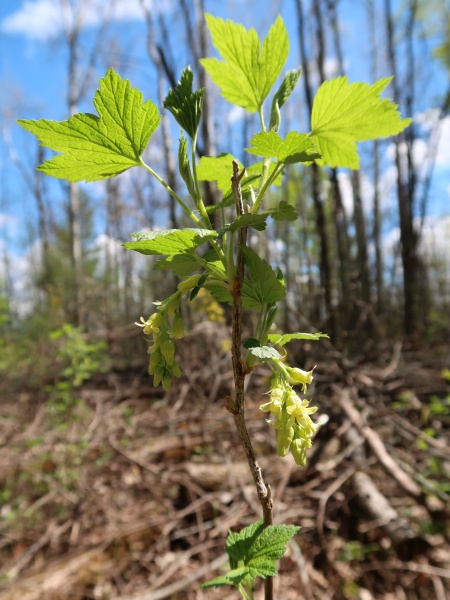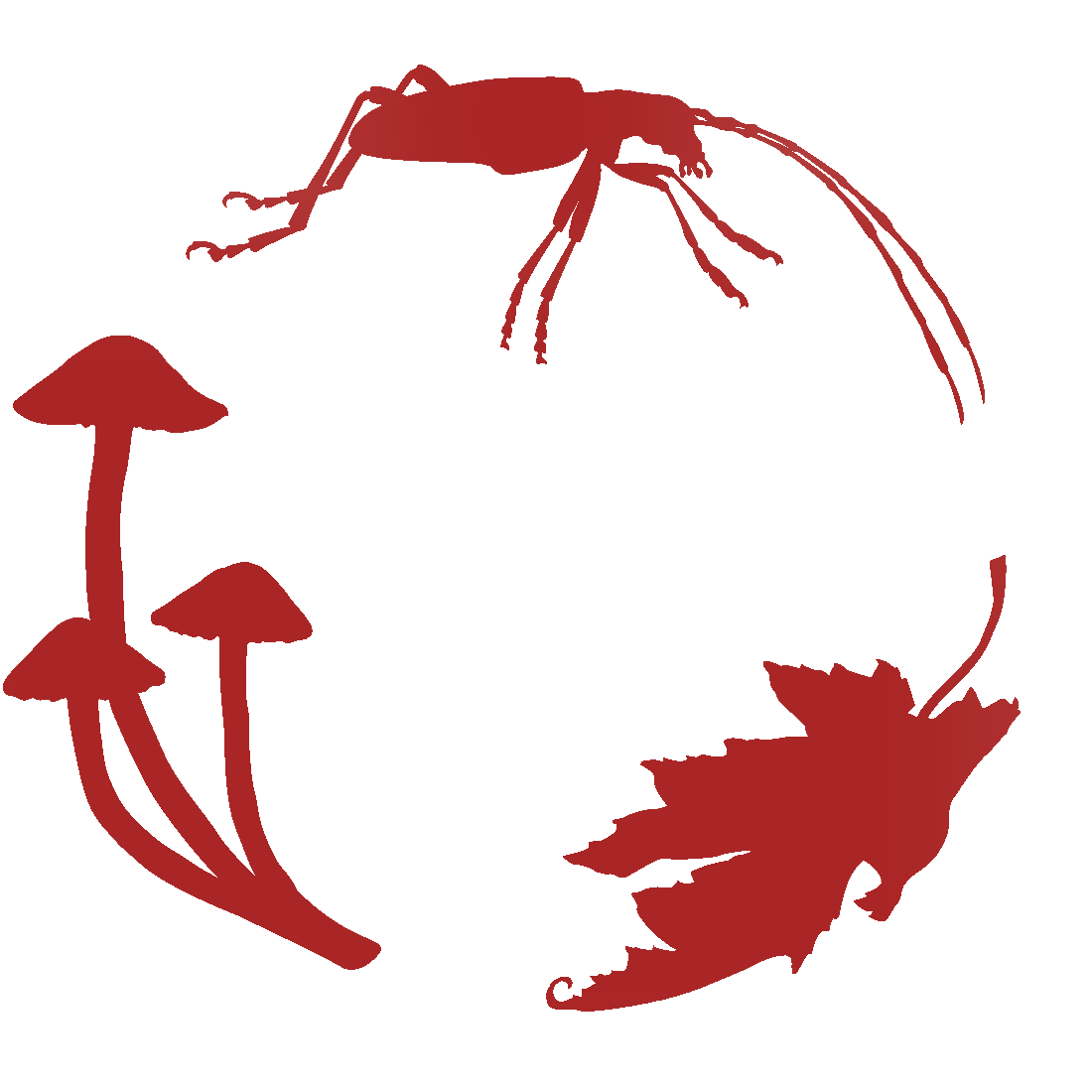 Known to be toxic - Toxic to dogs and cats if ingested.
Known to be toxic - Toxic to dogs and cats if ingested.

Source: OWSL
Ribes americanum
American Black Current
Gadellier d’Amérique
Synonyms
wild black currant
gadellier américain
gadellier de la Floride
No seeds available for this plant.
We currently accept seeds for this plant
Bloom Colour: White
Bloom Period: May - May
Max Height: 5.0 feet
Max Width: 5.0 feet (spreads by rhizome)
Light Condition:
 More than 6 hours of direct sun a day
More than 6 hours of direct sun a day
 More than 2 or 3 hours but less than 6 hours of direct sun a day
Soil conditions:
More than 2 or 3 hours but less than 6 hours of direct sun a day
Soil conditions:
 Tolerates wet soil condition
Tolerates wet soil condition
 More than 6 hours of direct sun a day
More than 6 hours of direct sun a day
 More than 2 or 3 hours but less than 6 hours of direct sun a day
More than 2 or 3 hours but less than 6 hours of direct sun a day
 Tolerates wet soil condition
Tolerates wet soil condition
Lifespan:
Perennial
plants that will that come back year after year
Gardener Experience:
 Suitable for beginner gardeners
Suitable for beginner gardeners
 Does not spread uncontrollably
Does not spread uncontrollably
 Easy to germinate
Easy to germinate
 Self-seeding
Self-seeding
 Suitable for beginner gardeners
Suitable for beginner gardeners
 Does not spread uncontrollably
Does not spread uncontrollably
 Easy to germinate
Easy to germinate
 Self-seeding
Self-seeding
Landscape Uses:
 Suitable for school gardens
Suitable for school gardens
 Can be used as a hedge
Can be used as a hedge
 Suitable for school gardens
Suitable for school gardens
 Can be used as a hedge
Can be used as a hedge
Ecological Benefits:
No ecological benefits information available.
Tolerates:
 Tolerates foot traffic around the plant
Tolerates foot traffic around the plant
 Tolerates juglone conditions
Tolerates juglone conditions
 Tolerates transplantation
Tolerates transplantation
 Tolerates foot traffic around the plant
Tolerates foot traffic around the plant
 Tolerates juglone conditions
Tolerates juglone conditions
 Tolerates transplantation
Tolerates transplantation
Special Features and Considerations:
 This plant causes skin rashes
This plant causes skin rashes
 This plant causes skin rashes
This plant causes skin rashes
Plant Location
Native to Ottawa region: Yes
Distribution according to VASCAN

Ephemeral
Native
Introduced
Excluded
Extirpated
Doubtful
Absent
Thrives in Ecozones
- Taiga Plains
- Atlantic Maritime
- Boreal Plains
- Montane Cordillera
- Prairies
- Boreal Shield
- Mixed Wood Plains
Ecological Benefits
Butterflies Supported by Ribes americanum
- Automeris io (Io moth)
- Polygonia progne (Gray Comma)
Specialized Bees Supported by Ribes americanum
No bee data available for this plant.
Plants that grow in similar conditions, that bloom at the same time.
Complementary Plants
- No complementary plants found.
Substitute For Non-Native Plants
- Rubus (Non-native Raspberries)
Sowing Information
Download Seed Envelope Labels (PDF)
- Sowing depth: Surface sow
- Sow by January
- Stratification duration: 90 days
- Self-seeding
- Notes: Double dormancy needed. Scarification needed if not winter sowing.
Harvesting and Seed Sharing
- Harvest start month: July
- Harvesting indicator:
- Berries are ripen and easily fall off or have fallen off
- Harvesting:
- Squeeze berries to extract seeds, wash with soapy water, rinse throroughly
- Seed viability test:
- No test needed before donating
- Packaging measure: A dozen (12) seeds (eyeball)
- Seed storage:
- Air dry in paper bag or open container, for a few days until crisp
- Shake seeds to move them once in a while to prevent molding
- Cultivar: No, you can donate without knowing the source as there are only straight species
- Harvesting video: Watch here
Toxicity Notes
Toxic to dogs and cats if ingested.


 Canadensis
Canadensis
